This piece is part of the Taiwan-U.S. Quarterly Analysis series, which features the original writings of experts with the goal of providing a range of perspectives on developments relating to Taiwan.
For the last 18 months, Taiwan politics has been out of equilibrium. The sweeping defeat last month of the attempt to remove 24 Kuomintang (KMT) legislators in a “great recall” demonstrated at least one incontrovertible truth: divided government is not going away. Taiwan’s political combatants now have an opportunity for a political reset. Let us hope that they seize it.
Political uncertainty drives partisan conflict
Taiwan’s previous elections in January 2024 delivered an ambiguous verdict. The ruling Democratic Progressive Party (DPP) retained control of the executive branch but lost its majority in the legislature, while its primary opposition, the KMT, won a plurality of 52 seats (plus two allied independents) to the DPP’s 51. Far from indicating a strong mandate from the voters, however, the KMT’s victory rested on close wins in marginal constituencies and significant electoral malapportionment: across all districts, the party’s candidates won only 40% of the vote to the DPP’s 45%. Complicating matters further, for the first time in Taiwan’s democratic history, the balance of power was captured by a centrist party, the Taiwan People’s Party (TPP), founded by former Taipei mayor and presidential candidate Ko Wen-je. This unprecedented situation injected additional uncertainty into Taiwan politics and contributed to the rapid escalation of partisan conflict over President Lai Ching-te’s first year in office.
First, no one was sure how this partisan split would work. Only once before, during the Chen Shui-bian presidency (2000-2008), have the executive and legislative branches been controlled by different parties. The democratic legacy of the Chen era is mixed: it featured deep partisan polarization and a series of political crises, but also many important political reforms. Despite their mutual animosity, the DPP and KMT agreed to abolish the National Assembly, change the constitutional amendment process, give the legislature power to approve appointments to other branches of government, create several new “independent commissions,” and allow for direct referendums. The rival parties also agreed to cut the size of the legislature in half, switch to a mixed-member majoritarian electoral system, and synchronize the presidential and legislative election cycles. Most of these institutional changes took effect only at the end of the Chen era, and so, until 2024, they had not been tested under divided government.
Second, no one was certain what the TPP would do. Ko made few concrete policy promises during the election campaign, and his attempt to form a joint presidential ticket with the KMT collapsed in spectacular fashion. The TPP caucus had enormous leverage in the new legislature, but its priorities, strategy, and even leaders were unclear: Would it seek to team up with the DPP, the KMT, or neither—perhaps swinging between the two issue by issue?
Third, no one knew whether recalls could actually be used to change the partisan balance of the legislature. In 2016, the DPP majority (with the enthusiastic support of the New Power Party and its then-leader Huang Kuo-chang) voted to lower the recall threshold from 50% to 25% of eligible voters. This change transformed the recall mechanism into a potent political weapon and set off a series of attempts to oust officeholders across the political spectrum, including the successful recall of Kaohsiung mayor and KMT presidential candidate Han Kuo-yu. Before 2024, recalls had been brought against three legislators, two city councilors, and a mayor, with three succeeding and three failing. This track record reinforced the view that recalls could be employed relatively easily against officeholders who found themselves out of step with their constituents.
Playing hardball
In this uncertain political environment, all three parties saw advantages in trying to defeat rather than bargain with the other side. For instance, one of the first measures the KMT and TPP passed over DPP opposition was an executive oversight bill. The DPP had previously supported versions of this bill, and the opposition parties probably could have gotten most of what they wanted via cross-party negotiations. Instead, the KMT and TPP quickly pushed through their version of the law, which included controversial provisions to allow legislators to hold officials and private citizens in contempt, investigate businesses and civil society groups as well as the executive branch, and compel the president to appear before the legislature and answer questions.
For its part, the DPP government responded by using every institutional option to try to block KMT-TPP legislation. It consistently submitted bills it opposed back to the legislature for reconsideration and a revote, and it then asked the Constitutional Court to suspend or overturn new legislation. The executive branch was aided by the fact that the entire court had been appointed by the previous DPP government—at least until the opposition rejected President Lai’s new nominees and left it without a quorum.
Nor did Lai, who concurrently serves as DPP party chair, show much interest in negotiating with either of the opposition parties despite his party’s diminished position. Yet the seat math was unavoidable: without obtaining some opposition votes, Lai’s government would not be able to pass new laws, confirm new appointees, or get budgets approved. Given the TPP’s hold on the critical swing seats and its centrist positioning, it is puzzling that the DPP did not try harder in January 2024 to prevent the TPP from forming a coalition with the KMT. That failure ultimately rests with Lai.
The silver lining of the great recalls
In part thanks to the recalls, there are now clearer answers to all three questions.
First, the sweeping defeat on July 26 has led to a reassessment of the recall mechanism. In hindsight, it does not appear so easy to qualify recalls for the ballot—as demonstrated by the KMT’s failure to bring even a single counter-recall vote against a DPP legislator. It is also less tempting now to try to pick off political opponents in competitive constituencies before their terms are up. The defeat of the recalls means that we will probably see less use of this tool from now on. The “Pandora’s box” of recalls has been closed again.
Second, the recalls clarified what divided government means for Lai’s presidency: he needs opposition support. His own standing within the DPP has been weakened by the results, and he would be wise now to seek a compromise with the opposition on a subset of his stated policy priorities—mitigating the impacts of climate change and promoting Taiwan’s energy transition, enhancing defense and civil resilience, and improving health care. None of those issues is inherently partisan. On nominations, too, the ball is now in his court: to get new personnel confirmed to other branches of government, he will have to bow to opposition wishes and nominate a list that they pre-approve. The alternative is continued institutional paralysis.
Third, both opposition parties now have incentives to tack towards the middle, at least on cross-Strait relations and national defense. The KMT leadership must be secretly relieved that the recalls did not turn into the political disaster they could have been. The party’s own private polling in the spring showed at least a dozen incumbent legislators in real danger of losing their seats, and it set off a desperate scramble to rally core supporters to defend them. Even though they ultimately survived, it was nevertheless costly for KMT legislators to have to campaign while their DPP counterparts sat this one out.
Given the political near-death experience some of the party’s legislators faced, the recall campaign could lead to some additional moderation in the KMT caucus. Both opposition parties took a significant public relations hit for cutting the defense budget, and they have been in damage control mode ever since: In June, the legislature lifted the freeze on most remaining defense items, and KMT Party Chairman Eric Chu signaled that his party would support continued increases in the defense budget up to 3.5% of GDP. There are also indications that Chu is planning to stand aside to make way for Lu Shiow-yen, the current mayor of Taichung. Unlike Chu, Lu is a current officeholder, and she appears to be the party’s strongest candidate for president in 2028. If she indeed wants to run for president, she will have her own motives to reposition the KMT toward the political center.
Finally, perhaps the most interesting impact is on the TPP. The party publicly opposed the recalls and celebrated their defeat—but it also refused to cooperate with the KMT to raise the recall threshold. The TPP’s incentives have never been completely aligned with the KMT, and the gap between the two is likely to widen as the 2026 local elections approach and the vexing question of how to field joint candidates reemerges. The party also pledged that all its legislators would serve only two years before swapping with others on the party list—a pledge it recently reaffirmed. So after the recalls, the TPP also has a chance for a reset, and Lai would do well to find some common ground with them. Taiwan can ill afford another 30 months of political stalemate.
The Brookings Institution is committed to quality, independence, and impact.
We are supported by a diverse array of funders. In line with our values and policies, each Brookings publication represents the sole views of its author(s).
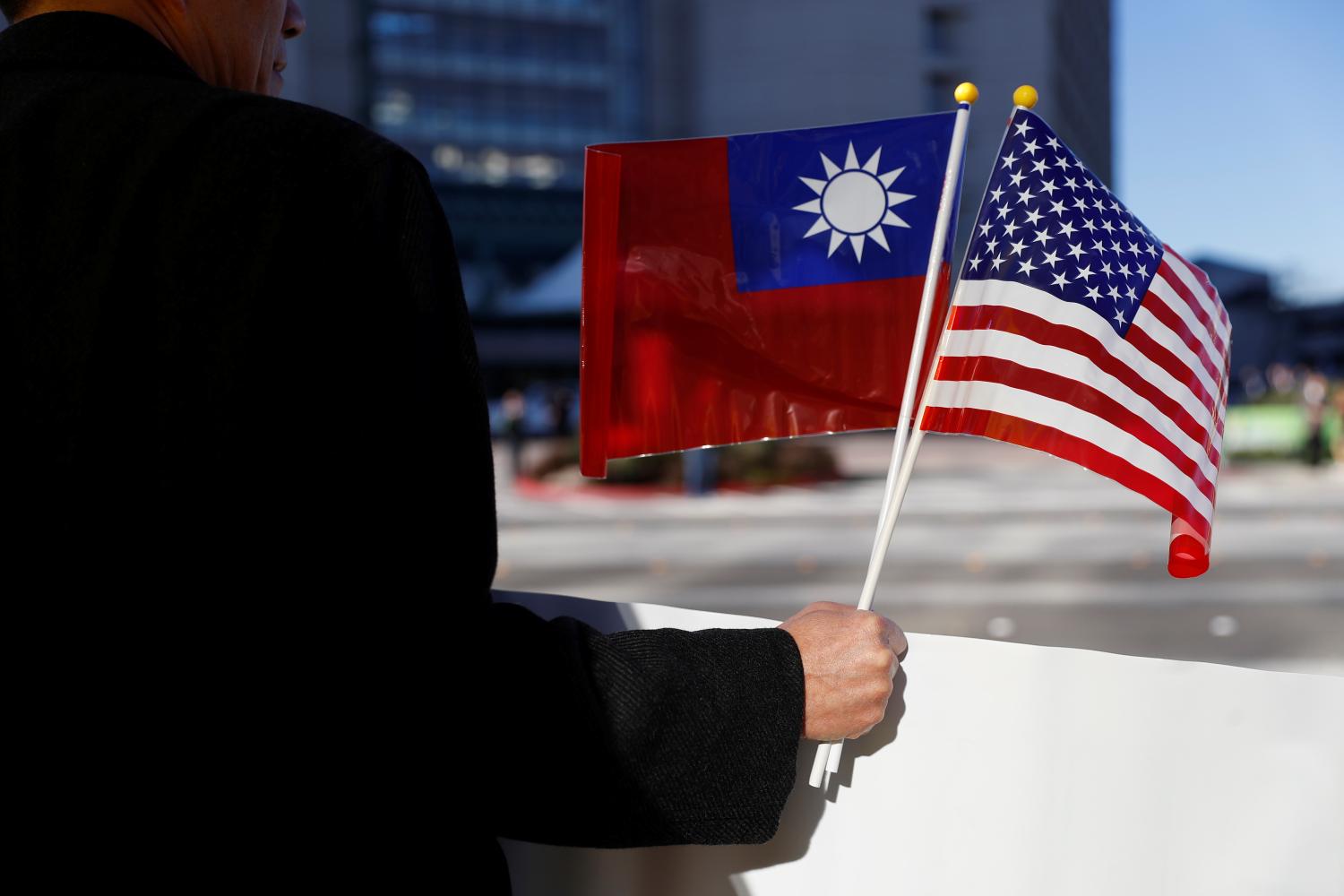
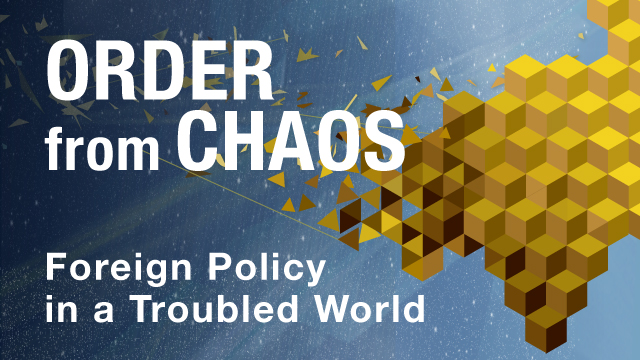

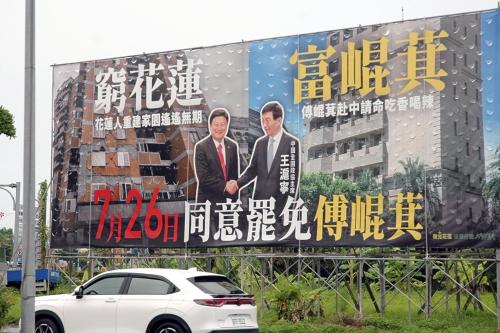
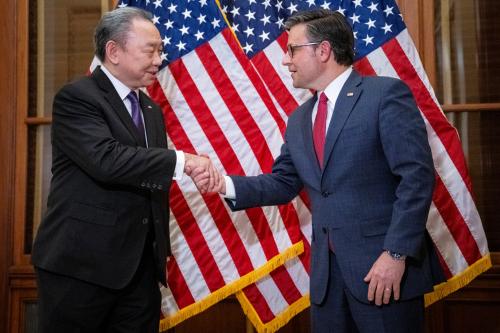
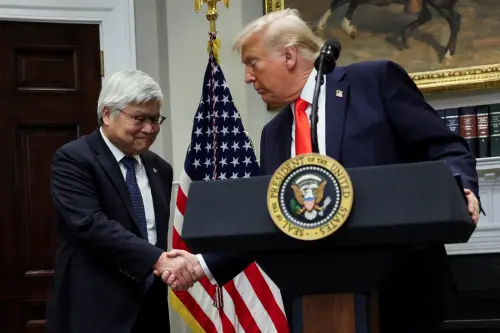


Commentary
Taiwan after the great recalls: Toward a new political equilibrium?
August 15, 2025